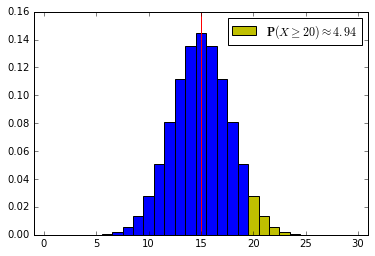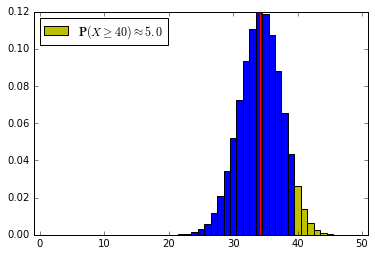Duality between confidence sets and hypothesis tests
Contents
Duality between confidence sets and hypothesis tests#
We will observe \(X \sim \mathbb P_\mu\), where \(\mu \in \Theta\).#
\(\Theta\) is known
\(\theta \rightarrow \mathbb P_\theta\) is known
\(\mu\) is unknown
\(X\) takes values in \(\mathcal X\).
(We will ignore issues of measurability here: tacitly assume that for all \(\theta \in \Theta\), \(A_\eta\) is \(\mathbb P_\theta\)-measurable and that \(\mathcal I(X)\) is set-valued \(\mathbb P_\theta\)-measurable function.)
\(A_\theta \subset \mathcal X\) is the acceptance region for a level-\(\alpha\) test of the hypothesis \(\mu = \theta\) iff
\(\mathcal I(X)\) is a \(1-\alpha\) confidence set for \(\mu\) iff
Suppose
is a family of level-\(\alpha\) acceptance regions. Then
is a \(1-\alpha\) confidence set for \(\mu\).



